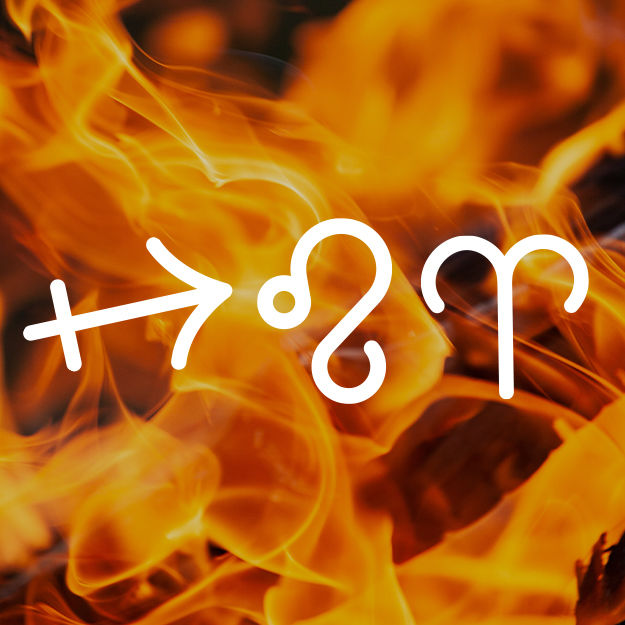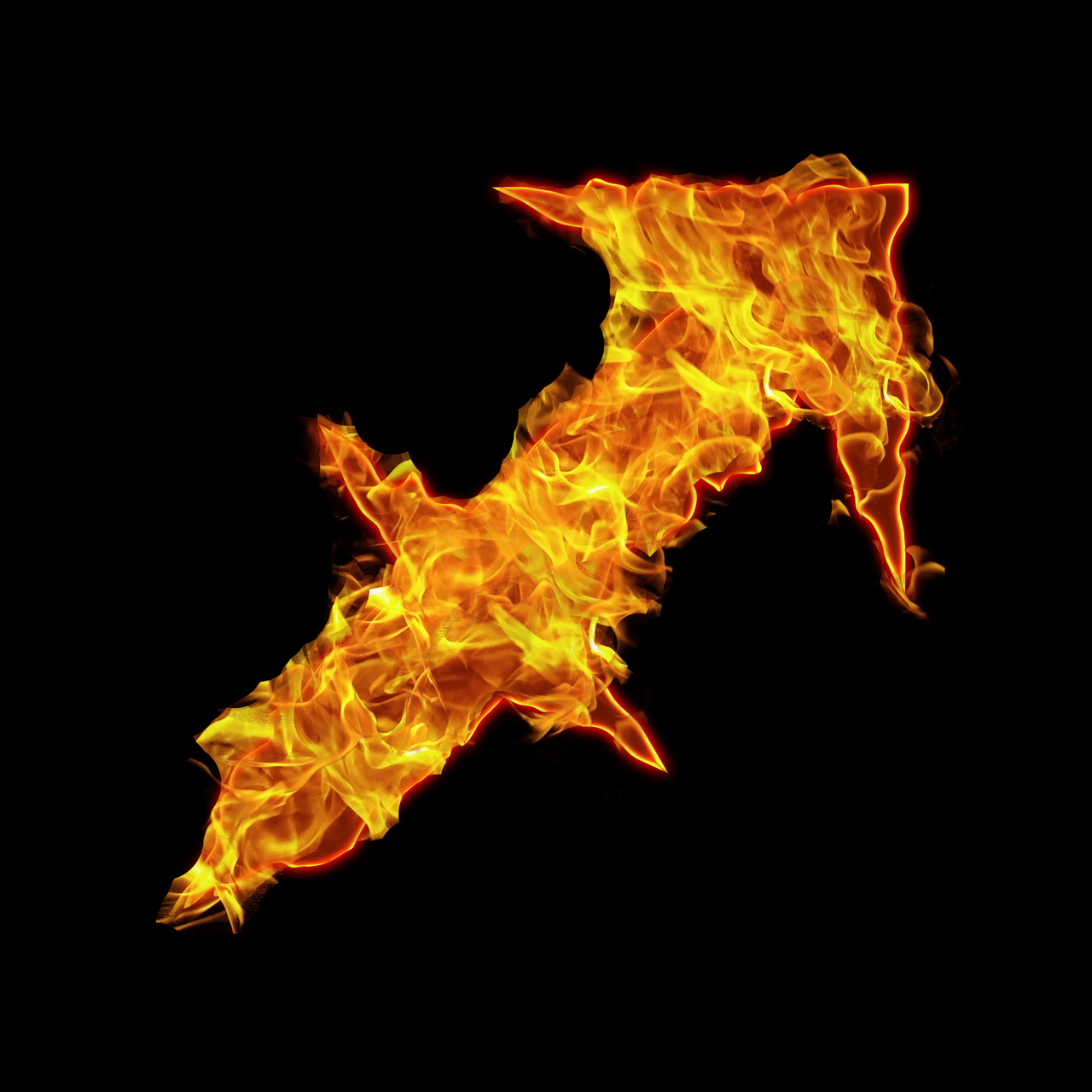

Chiron gave his divinity to Prometheus, the Titan who stole fire from the gods and gave it to humanity. Zeus let Chiron give up his divine status so he could finally die and find release from the wound. Yet the poison caused excruciating pain, and would continue to do so forever. Because Chiron was a demigod, he couldn’t die from his wound. Unfortunately, one of them hit Chiron by accident.

Hercules shot at these aggressive centaurs with arrows he’d poisoned using hydra venom to defend himself. Chiron is the odd one out among them, putting learning and healing above such pursuits. Many Greek myths portray centaurs as lusty creatures, fond of women and possessed by rather large sexual appetites. While minding his own business, drunken centaurs attacked him. For the fourth labour, he killed the Erymanthian Boar. Hercules becomes important to our tale.Īs we saw earlier, Hercules was tasked with ten labours in order to atone for killing his children. Kings trusted Chiron to educate their sons, so he also taught Hercules, Achilles and Jason. Hendrik Goltzius Workshop, Public domain, via Wikimedia Commons That’s particularly true since this was the only kill he made without using weapons (2015: 70).Īpollo Entrusting Chiron with the Education of Aescalapius. Others think it marked Hercules’ first victory in his labours. So why did Zeus put the dead lion in the sky as Leo? Eratosthenes thought it was because the lion was King of the Beasts (2015: 71). Not only did this make him look even more fearsome than ever, it also protected him from his enemies. He skinned it, apparently using the lion’s own claws to cut the skin, and wore its pelt (Ridpath). Once inside, Hercules strangled the lion. Hercules blocked up one and headed into the other armed only with a club. The lion retreated to a cave with two entrances. Hercules couldn’t penetrate it using any of his weapons. Whatever his parentage, his pelt was immune to arrows. He was a child of either the monsters Echidna or Typhon, or he was the offspring of Selene, the moon goddess (Ridpath). The first of the labours required Hercules to kill the Nemean Lion, so-named because the lion terrorised the valley of Nemea. inf.2, 11, fol 7r, Public domain, via Wikimedia Commons 1440-1450 Book of Hours, the Fastolf Master, Bodleian Library, Oxford C.160. By doing these tasks, Hercules would atone for his crime and achieve immortality. This king sat on the throne intended for Hercules, though Hera gave the throne to Eurystheus instead.

He’s also linked with the first labour of Hercules, capturing the Nemean Lion.Īfter Hercules killed his children through insanity, the Oracle of Delphi ordered him to perform ten labours assigned by King Eurystheus. Leo is the Lion of the zodiac and is the fifth sign. Jason and the Argonauts later stole the Golden Fleece, but that lies outside the scope of this post. Ian Ridpath notes that in John Flamsteed’s Atlas Coelestis (1729), Aries doesn’t have his fleece in the zodiac since it’s still on earth. This explains why the constellation is faint in the sky. In this legend, Aries shed his fleece and left Earth after delivering Phrixos to safety (2015: 97). As thanks for saving Prixus, Hera placed Aries among the Zodiac.įor Eratosthenes, Aries was actually immortal, since he was a creature from the gods. This won him the favour (and daughter) of Aeëtes. Once there, he sacrificed Aries to Zeus in gratitude and gave his golden fleece to Aeëtes, brother of the great sorceress Circe. This explains why ‘the Hellespont’ is another name for the Dardanelles. He arrived just before the sacrifice took place, whisking away the royal pair. She sent Aries to intercede on her behalf. Hermes gave Nephele a golden, winged ram, Aries. Ino intercepted the returning message to insert a fake prophecy that required the sacrifice of Phrixos to end the famine. She orchestrated a famine, so Athamas sent word to the Oracle of Delphi, asking for advice. Their stepmother, Ino, wanted her stepchildren out of the way so that her own children would inherit Athamas’ kingdom. King Athamas had two children, Phrixos and Helle, by his first wife, the cloud nymph Nephele. Sidney Hall, Public domain, via Wikimedia Commons The Greek MythĪries becomes the golden ram that saved Phrixus and Helle. “Aries and Musca Borealis”, plate 16 in Urania’s Mirror, a set of celestial cards accompanied by A familiar treatise on astronomy … by Jehoshaphat Aspin.


 0 kommentar(er)
0 kommentar(er)
